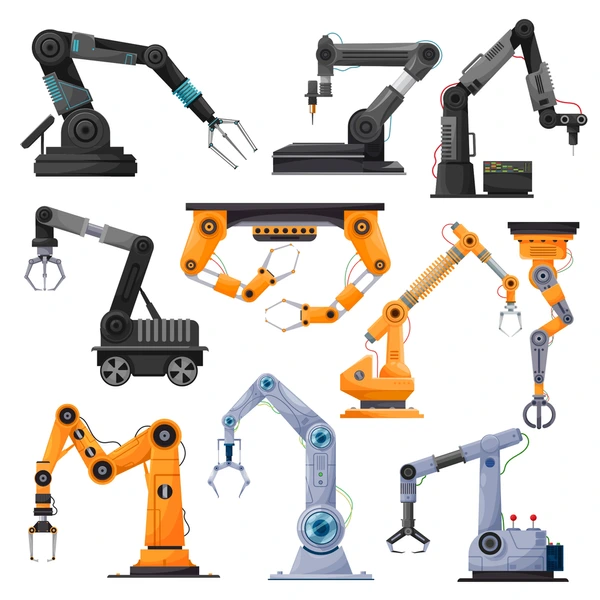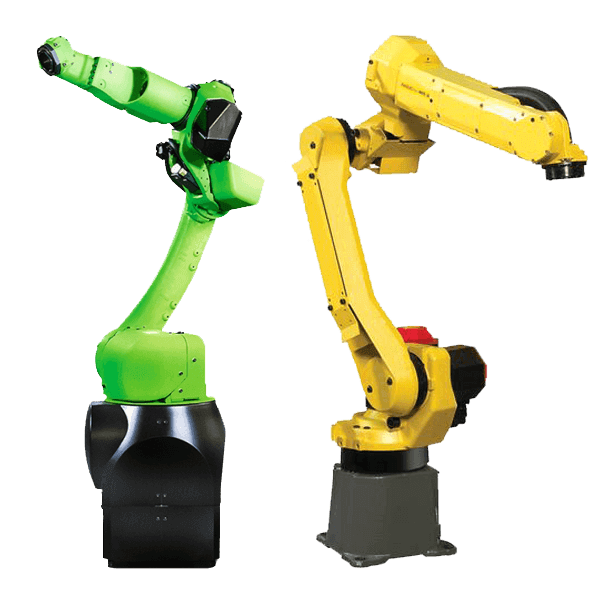Unleashing Precision and Flexibility: The In-Depth Exploration of Articulated Robots
Title: Unleashing Precision and Flexibility: The In-Depth Exploration of Articulated Robots
Introduction:
Welcome to a journey into the future where precision meets flexibility – the realm of articulated robots. In this blog post, we'll take a deep dive into the intricacies of these remarkable machines, understanding their origins, applications, and the transformative influence they wield across industries.
1. Understanding Articulated Robots:
Articulated robots, often likened to mechanical marvels, possess a design mirroring the human body's joints. Delve into the engineering brilliance behind these robots, exploring the evolution from basic structures to the highly sophisticated models we see today. Discuss the pivotal role of technology in shaping their capabilities.
2. Applications Across Industries:
Articulated robots have transcended their initial roles and are now indispensable across various sectors. Explore their applications in manufacturing, healthcare, automotive, and more. Real-world examples and case studies will illustrate how these robots are reshaping processes, enhancing precision, and accelerating productivity.
3. Benefits of Articulated Robots:
What makes articulated robots stand out? Uncover the multitude of benefits they bring to industries, from unparalleled precision and speed to the ability to execute complex tasks with ease. Highlight how these robots contribute to cost-effectiveness and provide a safer alternative in hazardous environments.
4. Articulated Robots in Manufacturing:
Zoom in on the manufacturing sector, where articulated robots have become pivotal players. Explore their role in streamlining production lines, handling intricate tasks, and optimizing overall manufacturing operations. Case studies can demonstrate the tangible impact on efficiency and quality.
5. Collaborative Robotics:
Articulated robots are not just machines; they're collaborative partners. Introduce the concept of cobots – robots designed to work hand-in-hand with humans. Discuss the implications of this collaboration on workplace dynamics, emphasizing increased productivity and the potential for reshaping job roles.
6. Challenges and Future Outlook:
No innovation is without challenges. Examine the current hurdles faced by articulated robots, such as programming complexities and the need for enhanced sensory capabilities. Delve into ongoing research and development efforts, providing insights into overcoming these challenges. Speculate on the future landscape and potential advancements.
- Address current challenges faced by articulated robots, such as programming complexity and the need for enhanced sensory capabilities.
- Provide insights into ongoing research and development aimed at overcoming these challenges.
- Discuss the potential future developments and the role articulated robots might play in the years to come.
7. Articulated Robots and Artificial Intelligence:
Artificial intelligence adds a layer of sophistication to articulated robots. Explore the integration of AI with these machines, detailing how it enhances decision-making capabilities and adaptability in dynamic environments. Discuss real-world examples where AI-powered articulated robots are pushing the boundaries of automation.
8. Conclusion:
Sum up the blog by revisiting key takeaways. Emphasize the monumental impact articulated robots are making and will continue to make on various industries. Encourage readers to stay engaged with this ever-evolving field as we witness the fusion of precision engineering and technological innovation redefine the future of automation.
In this era of rapid technological advancement, articulated robots are undeniably at the forefront of innovation. As they continue to evolve and find new applications, the impact on industries worldwide is expected to be nothing short of revolutionary. Stay tuned as we witness the unfolding of a new era where articulated robots redefine the boundaries of automation and productivity.



Comments
Post a Comment